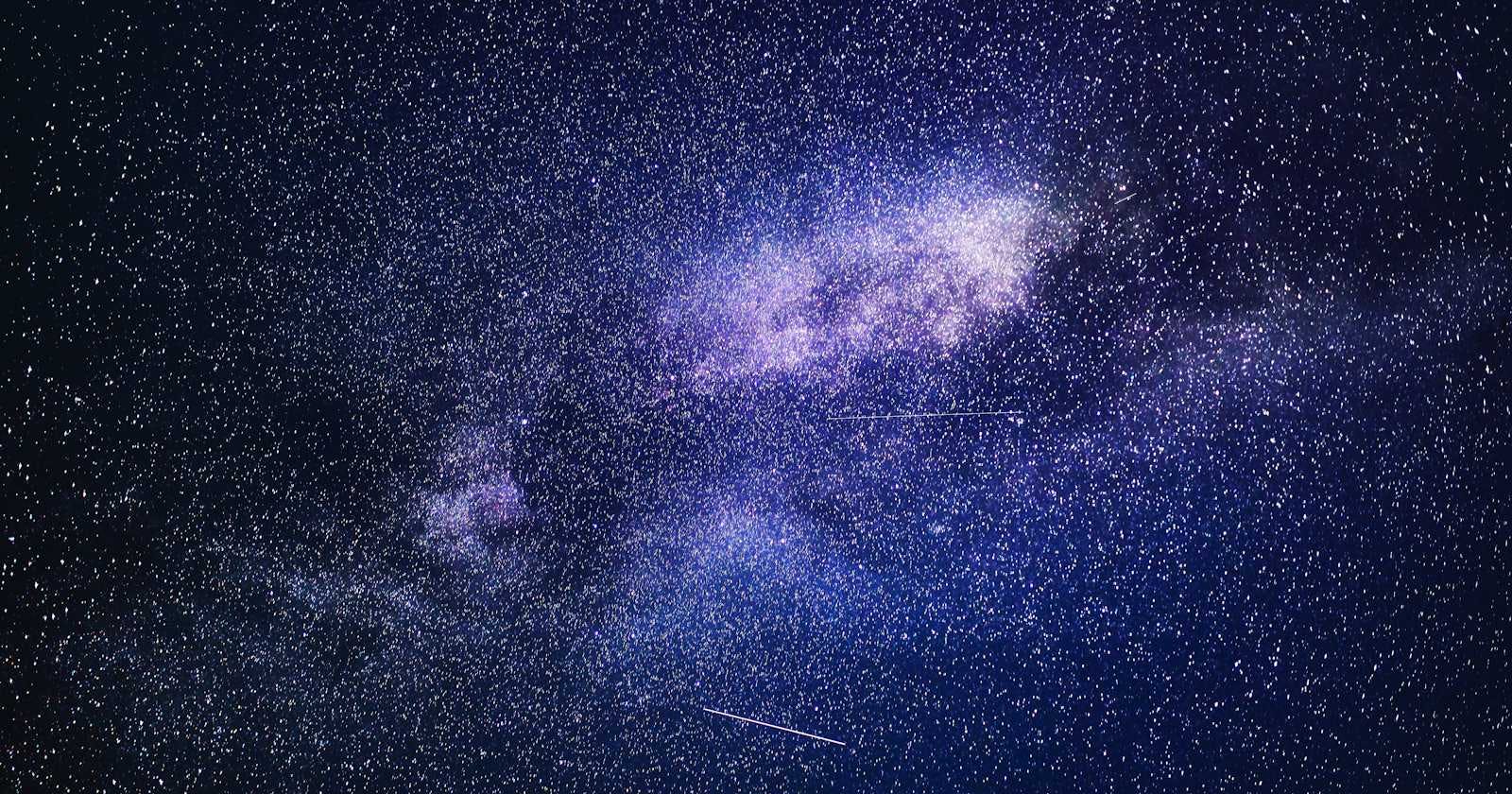The Power of Mystery: A Deep Dive into the Image of Leaders and Celebrities
Humans, by nature, tend to gravitate towards entities they can admire and even idolize. This inclination is especially evident when it comes to leaders and celebrities. What's visible and around us often seems ordinary, while the unseen, those not among us, or those different from us, are perceived as extraordinary.
To better understand this, let's look at real-life examples. Vladimir Putin, Abdullah Öcalan, and Recep Tayyip Erdoğan exemplify the modern era's "cult of leadership." The various names and titles attributed to Abdullah Öcalan almost give him a mystical quality, reinforced by his years of distance from the public and rare public speeches.
Similarly, Vladimir Putin's displays of physical strength, charismatic leadership, enigmatic image, and media manipulation position him as a strong and decisive leader. Recep Tayyip Erdoğan follows a similar path with charismatic leadership, media strategies, an authoritarian image, nationalism, and emphasis on religious values.
These leaders consciously maintain a distance from the public, preserving their mystery and thus positioning themselves as extraordinary beings in the eyes of the people. If these leaders were more embedded in the public's midst, perhaps their ordinary human nature would be more apparent.
Celebrities are in a similar boat. Figures like Rihanna, Kim Kardashian, and Selena Gomez appear unattainable and extraordinary. However, the reality that they are ordinary people might become apparent if their mystique were unraveled.
As for religious figures and the concept of a creator, despite the lack of concrete evidence, billions of people believe in them, which can be seen as part of human nature. If these figures were visible and accessible, they might lose all their mystery in the eyes of people.
In conclusion, the admiration and extraordinary qualities attributed to leaders, celebrities, and religious figures stem from their mysterious and unattainable nature. However, another significant aspect of this admiration and idolization is people's naivety and desire to believe. Instead of seeing the truth, some people choose to believe in these figures out of a lack of alternatives or as a form of hope. Others believe, even if it's not real, due to a deep need for faith. If these figures were more visible and accessible, it would likely greatly diminish these tendencies of admiration and idolization. Human nature harbors a deep curiosity and admiration for the unknown and unreachable, but when the underlying truths of these feelings are revealed, ordinariness and reality replace admiration. Therefore, people's perceptions of these figures are shaped not only by mystery and unreachability but also by their own inner beliefs and needs.

